Power plant maintenance is a critical process that ensures the safe and efficient operation of power generation facilities. This includes regular inspections, repairs, and upkeep of all equipment and infrastructure within the plant. Proper maintenance is essential for both the safety of workers and the long-term performance of energy-producing assets. Without it, equipment can deteriorate, leading to costly failures and hazardous conditions. Maintenance work in power plants is continuous, and it plays a vital role in keeping operations running smoothly. It helps prevent accidents, reduces downtime, and extends the lifespan of expensive machinery. Without effective maintenance protocols, key components may fail unexpectedly, causing disruptions and potential dangers on site. This makes maintenance not just a routine task, but a crucial part of plant management. Given the high cost of building new power plants, many operators focus on extending the life of existing facilities. The longer a plant operates efficiently, the more cost-effective it becomes over time. Power plant maintenance isn't just about fixing things when they break—it involves a wide range of activities, including inspections, preventive maintenance, documentation, and system integration. These efforts ensure that the plant remains functional and compliant with industry standards. In this article, we'll explore how power plants function, what maintenance entails, and how drones are revolutionizing the way these facilities are maintained. Here’s a quick overview of what we’ll cover: How Power Plants Work What’s Involved in Power Plant Maintenance Four Ways Drones Are Improving Power Plant Maintenance  Power plants convert raw energy sources—like coal, nuclear fuel, or wind—into electricity. This process varies depending on the type of plant, but the goal is always the same: to generate reliable power for consumers. Thermal power plants, which are among the most common, use heat from burning fuel to turn water into steam. That steam then powers turbines connected to generators, which produce electricity. Some examples of thermal power plants include: Nuclear power plants use heat from nuclear reactions to create steam and generate electricity. Coal-fired power plants burn coal to produce steam and power turbines. Beyond thermal plants, there are also renewable energy sources like hydroelectric, solar, and wind power plants. Each uses natural forces to generate electricity in a sustainable way. Effective power plant maintenance requires detailed planning and coordination. A dedicated Power Plant Maintenance Engineer oversees these efforts, ensuring that all tasks are carried out safely and according to industry standards. This engineer doesn’t perform every task themselves but rather manages the team, reviews reports, and ensures that all maintenance procedures are followed correctly. Power plants are complex systems with many interdependent parts. To manage this complexity, they rely on advanced technologies such as SCADA and CMMS systems. These systems help maintain operational efficiency and prevent unexpected failures by providing timely alerts and data insights. The Power Plant Maintenance Engineer is responsible for coordinating maintenance activities, ensuring compliance with regulations, and maintaining accurate records. They also act as a liaison between engineers, management, and regulatory bodies. Key responsibilities include: Inspections are a critical part of power plant maintenance. They help identify issues early, preventing costly breakdowns and ensuring worker safety. One of the most challenging types of inspections is inside confined spaces like tanks or boilers. Traditional methods require human entry, which can be dangerous and time-consuming. Drones designed for tight spaces, such as Flyability’s Elios series, allow inspectors to collect visual data remotely without entering hazardous areas. These drones are collision-tolerant and equipped with cameras that provide high-quality images of internal structures. This significantly improves safety and efficiency during inspections. Drones enhance power plant maintenance by improving safety, increasing access to hard-to-reach areas, reducing costs, and extending asset lifespans. Using drones for inspections keeps personnel away from dangerous environments, especially in nuclear power plants where radiation exposure is a major concern. Inspectors can now gather visual data from within irradiated areas without being exposed to harmful radiation. This not only protects workers but also reduces associated costs. Newer models like the Elios 2 RAD can even measure radiation levels remotely, further reducing human exposure and improving inspection accuracy. Drones can reach areas that are difficult or impossible for humans to access. Whether it's the top of a cooling tower or a narrow pipe, drones can provide clear visuals without requiring scaffolding or extensive setup. This allows for more comprehensive inspections and faster identification of potential issues, ultimately saving time and resources. Drone inspections can save power plants significant amounts of money. By eliminating the need for scaffolding, paperwork, and downtime, companies reduce maintenance costs dramatically. For example, one facility was able to inspect a cooling tower without shutting down any operations, resulting in substantial savings. In some cases, drone inspections have reduced inspection time by over 90%. “Reducing inefficiencies in the nuclear inspection process can lead to millions in savings.†- Michael Vanovermeir, NDT Inspector Frequent inspections using drones allow for early detection of potential issues, helping to extend the life of critical components. This proactive approach prevents major failures and reduces long-term repair costs. One energy company found a critical issue in under an hour using a drone, saving $420,000 in potential damage. Such early intervention is key to maintaining operational efficiency and sustainability. Additionally, increased inspection frequency can also benefit the environment by reducing emissions and improving overall plant performance. While no commercially available drone is intrinsically safe for use in explosive atmospheres, environmental controls like nitrogen purges can make certain areas safe for drone operations. This allows for safer and more efficient inspections in potentially hazardous locations. Explore more about how drones can support power plant maintenance on the Flyability website.
Here you can find the related products in Special Shaped SS Pipe, we are professional manufacturer of Special Pipes and Special Shaped Ss Tube. We focused on international export product development, production and sales. We have improved quality control processes of Special Shaped Ss Pipe to ensure each export qualified product. Special Shaped Ss Pipe,Special Pipes,Special Shaped Ss Pipe Bend,Special Shaped Ss Pipe And Steel,Special Shaped Ss Tube Shandong Longhao Steel Group Co., Ltd. , https://www.longhaosteels.comPower Plant Maintenance: What It Involves and How Drones Can Enhance It
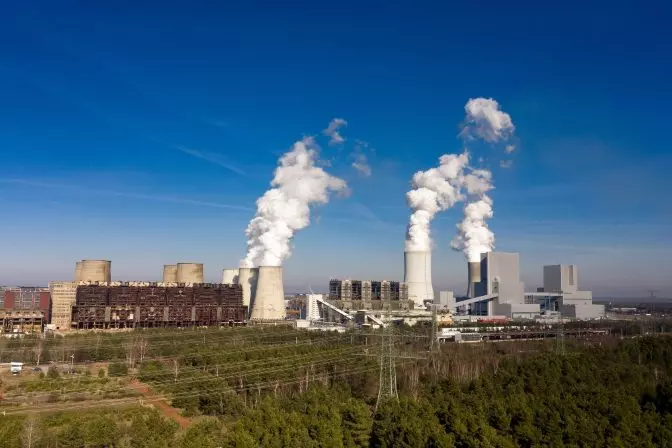 A coal-fired power plant in Eastern Germany
A coal-fired power plant in Eastern Germany
How Power Plants Work
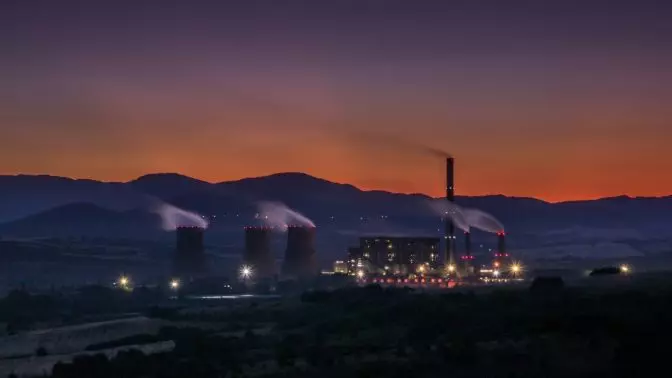 A thermal power plant in Bulgaria
A thermal power plant in Bulgaria
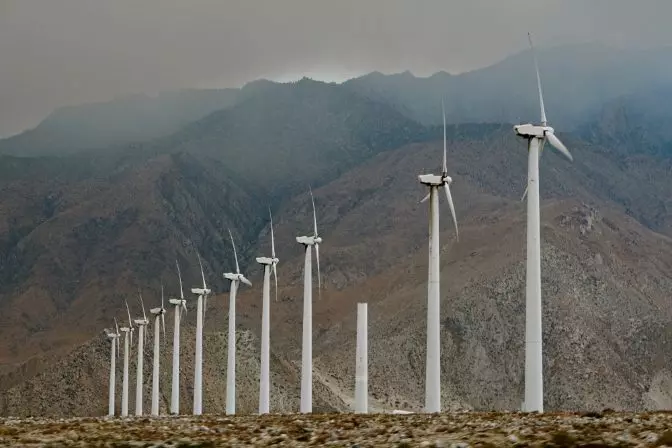 Wind turbines generating power
Wind turbines generating powerPower Plant Maintenance Planning
COMPLEX SYSTEMS FOR POWER PLANT MAINTENANCE
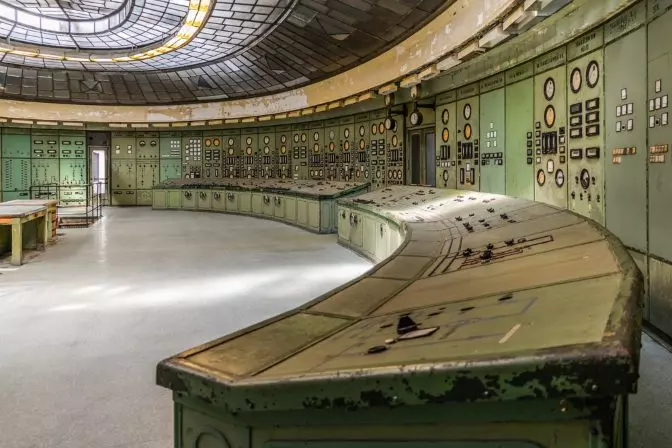 Control room at an old power plant
Control room at an old power plantWHAT A POWER PLANT MAINTENANCE ENGINEER DOES
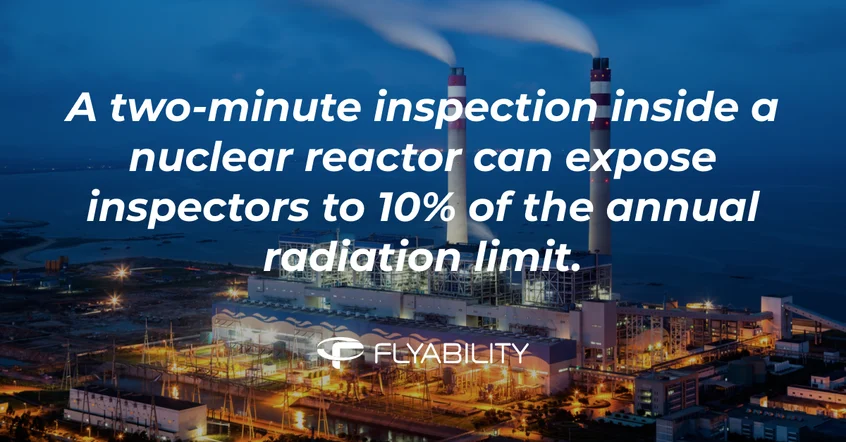
Four Ways Drones Help Improve Power Plant Maintenance
USING DRONES INSTEAD OF PEOPLE
1. Enhancing Inspection Safety
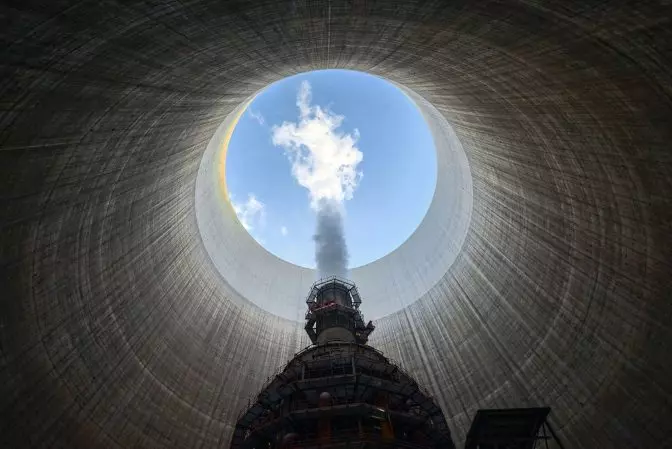 A drone inspecting a nuclear power plant
A drone inspecting a nuclear power plant2. Expanding Access to Assets
3. Increasing Cost Savings and ROI
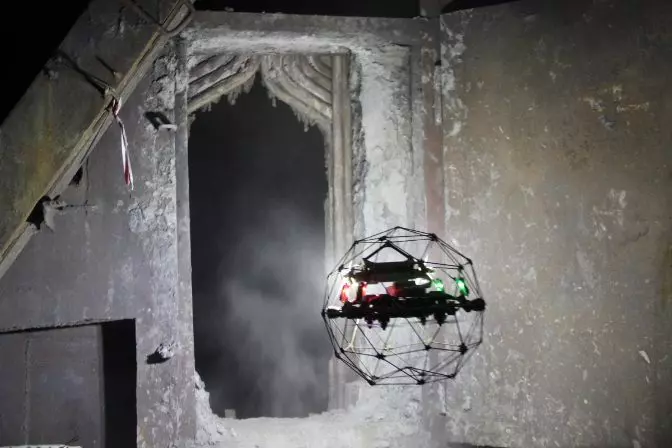 Elios 2 conducting an inspection at a coal plant
Elios 2 conducting an inspection at a coal plant4. Extending Asset Lifespan
Drones and Hazardous Environments
If you want to know more about the products in Special Shaped Ss Pipe And Steel, please click the product details to view parameters, models, pictures, prices and other information about Special Shaped Ss Tube. We also provide Special Shaped Ss Pipe Bend service.
Whatever you are a group or individual, we will do our best to provide you with accurate and comprehensive message about Special Shaped SS Pipe!